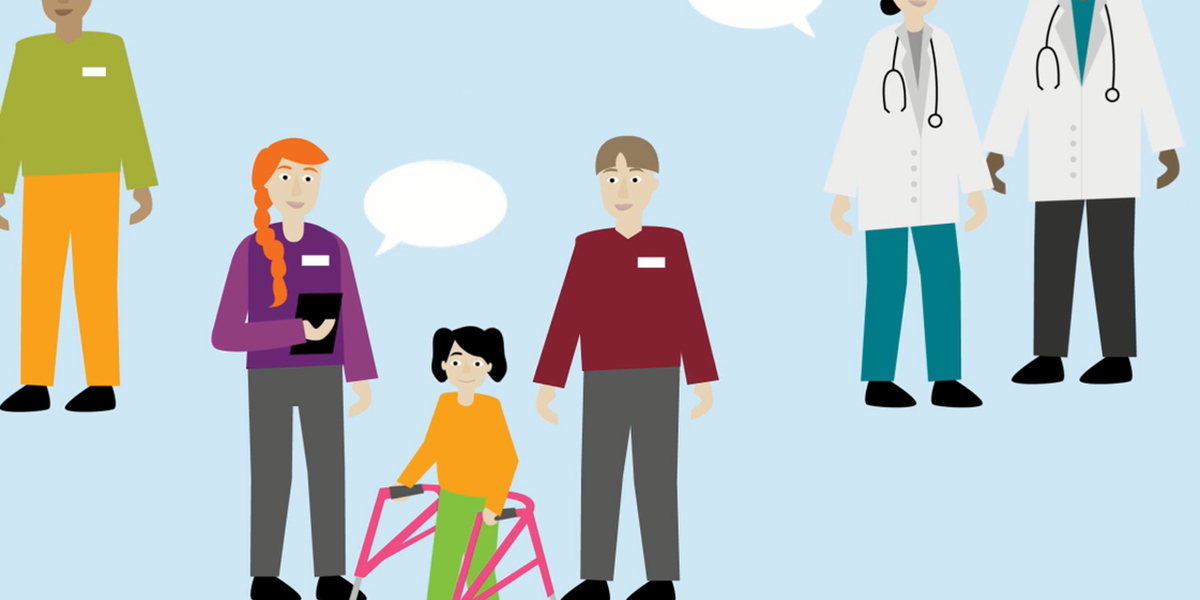IWC's major focus is to improve and support Indigenous and non-Indigenous people, and the vulnerable and disadvantaged people across the Bundaberg and Wide Bay / Burnett.
Assistive Technology gets a boost

Assistive Technology is about to become a lot more accessible for NDIS participants, following the recommendations of a special committee.
Five Members of Parliament and five Senators formed the bipartisan Joint Standing Committee on September 1, 2016, with the purpose of examining the operation of the scheme as a whole. Since December, four of six major changes in the Assistive Technology (AT) process have been implemented.
Assistive technology is equipment that helps people with disability manage mobility and daily health challenges, among other things. It has the potential to significantly enhance economic and community participation for thousands of Australians, and can be accessed through the NDIS.
Based on feedback from participants, the service sector, and the Joint Standing Committee, the National Disability Insurance Agency (NDIA) has made a range of changes, including:
- Reducing the need for quotes for all Assistive Technology, and eliminating the need for quotes for low cost AT;
- Dedicating new resources to address outstanding AT plan approvals;
- Including appropriate funding for timely AT repairs and replacements in plans;
- Piloting a new process to improve the assessments and timeframes for more complex and non-standard AT. The new pathway design will draw on the experience of specialised assessors who will work with participants and the NDIA during planning; and,
- Continuing to engage with state and territory AT programs to identify opportunities to deliver better AT outcomes to participants.
Previously, multiple professional assessments and quotes, as well as internal technical advice were required to implement most AT requests. The NDIA has simplified this process by:
- Cutting assessment requirements generally, and cutting assessments for low cost, low risk AT entirely;
- Providing new tools for planners to provide notional AT budgets for standard items, cutting the number of quotes required to one in most cases;
- Cutting the number of quotes required for replacement items to one.
- Providing appropriate funding for repairs and maintenance in plans up front, reducing the need for plan reviews when AT fails. AT for children will be prioritised.
- Engaging a Specialised Professional Panel to assess complex and non-standard AT (April 2019).
IWC supports this new direction for the delivery of AT and looks forward to seeing the results in the Bundaberg region.
For more information on AT changes, click here.
Find your care provider based on your needs
Postal address
PO Box 1963
Bundaberg, Qld 4670
Corporate
184 Barolin St
Bundaberg, Qld 4670
Phone: 1300 492 492
Fax: 07 3009 0478
It’s good to know I can get what I need, not being told when my therapies are, or where I’m going. In the past, that’s how it’s been. As I see it, the NDIS is the only way to go.
Giovanni, NDIS participant